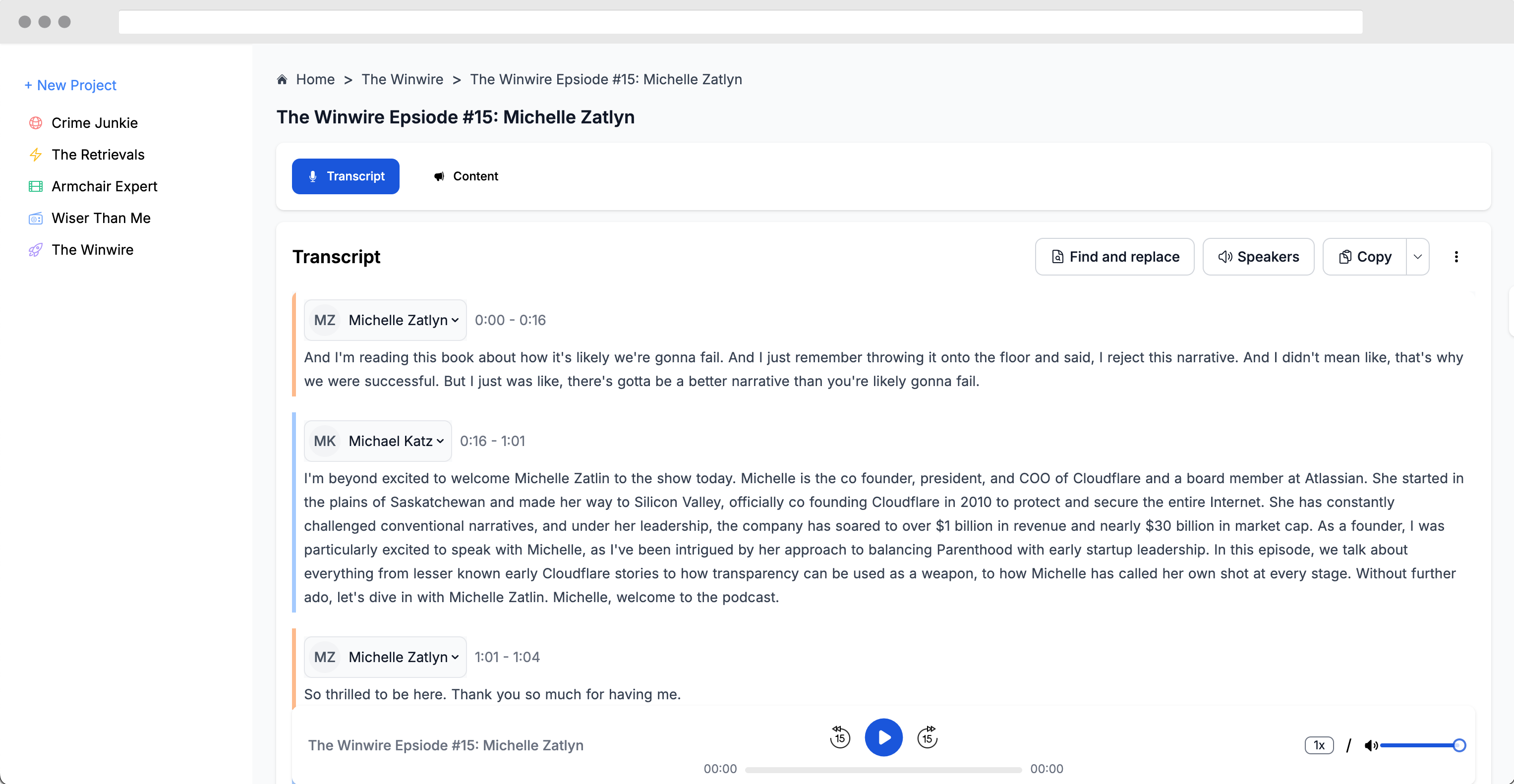Creative Possibilities of AI Voice Modeling: Recreating Thurgood Marshall in Brown v. Board of Education Revisited

Key Takeaways
AI in Historical Recreation: The project demonstrated the potential of AI to recreate historical events, such as the Brown v. Board of Education Supreme Court case, using voice cloning technology to bring the past to life.
Ethical AI Use: Emphasizing transparency and historical accuracy, the project set a precedent for ethical AI use in recreating historical content, ensuring that AI-generated content is clearly labeled and overseen by human experts.
Collaborative Efforts: The success of the project was attributed to the collaboration between academic experts, AI technology providers, and creative professionals, highlighting the importance of interdisciplinary teamwork in innovative projects.
Educational Impact: By making historical court cases accessible through modern technology, the project aimed to educate a new generation about significant civil rights milestones, enhancing public understanding and engagement with history.
Overview
James Boggs and Andy Bowers discussed their innovative project using AI to recreate the Supreme Court case Brown v. Board of Education. Boggs, with a background at Apple and co-founder of Spooler, and Bowers, a former NPR correspondent and co-founder of Megaphone, collaborated with Northwestern University and Oye.org to use voice cloning technology from Respeecher.
They aimed to bring historical court cases to life, focusing on the 1954 landmark decision that ended public school segregation. The project emphasized historical accuracy, transparency, and human oversight, ensuring the AI-generated content was clearly identified and respectful of the original material.
The initiative also included an advisory committee of academic experts to guide the process. The result was a user-friendly website featuring the recreated oral arguments and opinions, enriched with historical photographs and transcripts, making this pivotal case accessible to a new generation.
Core Concepts
AI in Historical Recreation
AI technology, particularly voice cloning, was used to recreate the oral arguments and bench opinion of the Brown v. Board of Education Supreme Court case, which had no existing audio recordings.
Key Points:
The project utilized state-of-the-art voice modeling and cloning technology from Respeecher.
Historical accuracy was maintained by using the original court transcripts.
The recreated audio aimed to provide an immersive educational experience.
Examples:
The project recreated the voices of key figures like Thurgood Marshall and Chief Justice Earl Warren.
The recreated audio was integrated into a user-friendly website, allowing users to listen to the arguments and read the transcripts simultaneously.
Quotes:
We wanted to make sure that we had a academic screening process, an advisory committee that we put together to really make sure that we were hitting all the right notes with the overall approach.
The end product of all that work, that design, all the workflow... resulted in this beautiful website that was, you know, I think in the end, really elegant, easy to use.
Ethical AI Use
The project emphasized the ethical use of AI, ensuring transparency, historical accuracy, and human oversight throughout the process.
Key Points:
Transparency was maintained by clearly labeling AI-generated content.
Historical accuracy was ensured by using original transcripts and human oversight.
An advisory committee of academic experts guided the project to maintain ethical standards.
Examples:
The project used glyphs on the website to indicate AI-generated content versus human-narrated content.
An advisory committee, including experts like Professor Harris and Professor Lieberman, provided guidance on the project's ethical and academic aspects.
Quotes:
Historical accuracy and relevance, one of our key underpinnings of our AI philosophy, certainly transparency, identifying with the user interface design.
We want this to be an example of a deep truth rather than a deep fake, because we're coming from the on the government record transcript of these events using this technology in a very transparent way.
Collaborative Efforts
The project's success was a result of collaboration between various experts, including AI technology providers, academic advisors, and creative professionals.
Key Points:
The project involved collaboration with Respeecher for voice cloning technology.
Academic advisors provided guidance on historical accuracy and ethical considerations.
Creative professionals, including scriptwriters and voice actors, contributed to the project's execution.
Examples:
The project partnered with Respeecher, a company known for its work with Lucasfilms, to create accurate voice clones.
Academic advisors like Professor Harris and Professor Lieberman ensured the project's historical and ethical integrity.
Creative professionals like Dion Graham, an audiobook narrator, provided voice acting for the recreated audio.
Quotes:
We had a lot of authority in this case. So the idea use AI to make brown versus board of Education come to life, really a significant vision.
We were very pleased we went with that direction, because it ended up sounding much, much better than text to speech.
Conclusion
The project showcased the innovative use of AI technology to recreate historical events, emphasizing ethical considerations and collaboration. By bringing the Brown v. Board of Education Supreme Court case to life through voice cloning, the project aimed to educate and engage a new generation with significant civil rights history. The success of the project was attributed to the interdisciplinary collaboration between AI technology providers, academic experts, and creative professionals, ensuring historical accuracy and ethical integrity.
Food for Thought
How can AI technology be further utilized to make other significant historical events more accessible and engaging to the public?
What measures can be taken to ensure the ethical use of AI in recreating historical content, particularly in terms of transparency and accuracy?
How can interdisciplinary collaboration be fostered in future projects to leverage the strengths of various fields and create impactful outcomes?
Reference Tools, Platforms, and Resources
Respeecher: AI voice cloning technology provider
Oye.org: Repository of Supreme Court media
IDIB: UX design partners from Sicily, Italy





